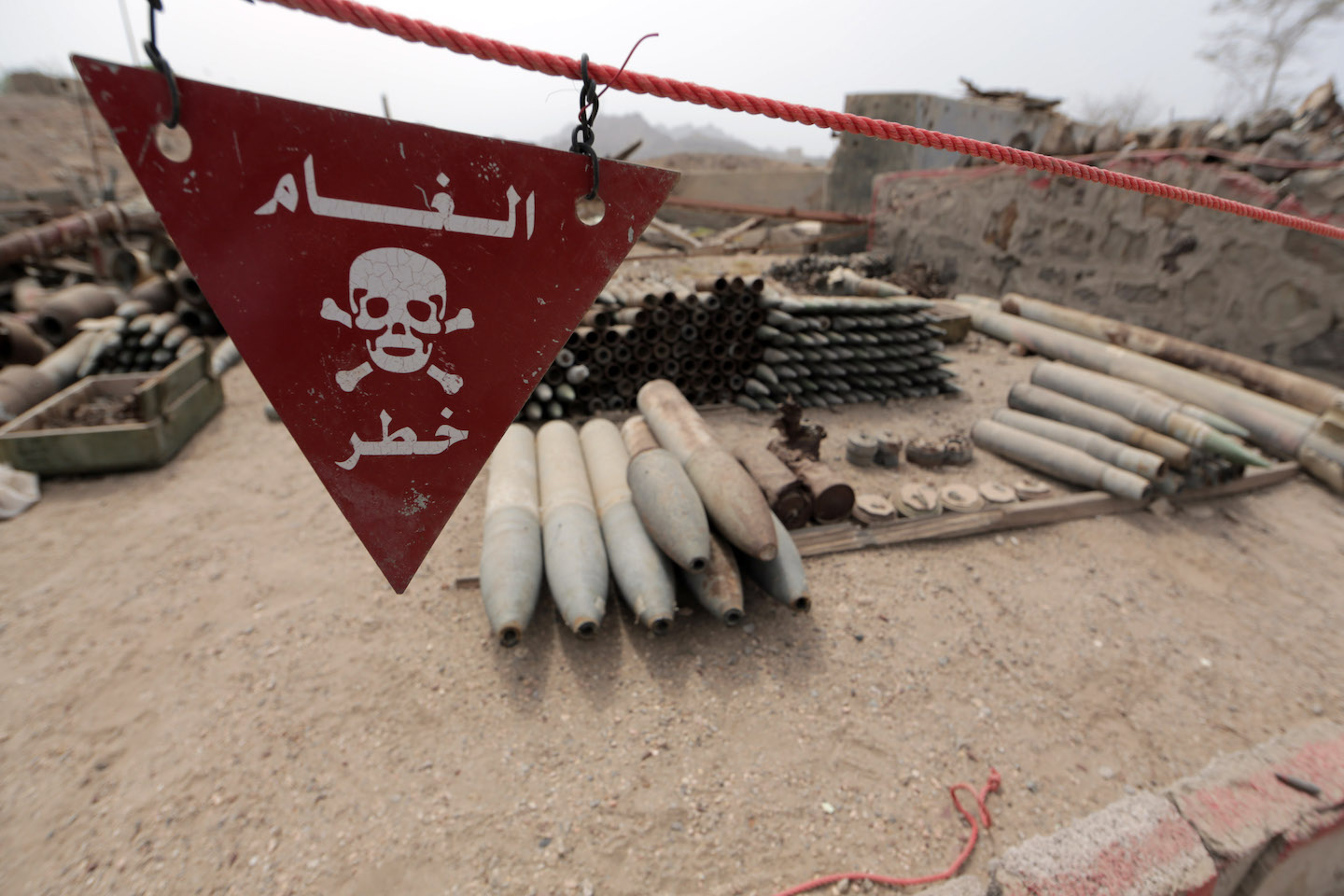Armed conflicts involve the use of rockets, missiles or airborne bombs, which, when combined with land combat, can result in either localised damage to the built environment (i.e. key strategic installations being bombed) or widespread damage, including industrial and residential areas. The damaged buildings and infrastructure are often incinerated, rendering the majority of internal furnishings and exterior of a building incapable of being restored.
Solid waste management plants and machinery can also be directly affected. The vehicles used for the collection of waste can also be damaged either from direct impact from bombings and other attacks, or due to the commandeering of vehicles for military purposes.
Furthermore, there is often a high risk associated with unexploded ordnances (UXO) and undetonated landmines hiding within the debris. Larger infrastructure such as bridges, roadways, and railways are also likely to have been targeted; the clearing of which will require heavy machinery such as excavators and bulldozers.
There may be more widespread damage to the built environment in protracted conflicts due to their prolonged duration. A key aspect of protracted conflicts is the use of landmines or destruction strategic roadways and facilities, which significantly reduces access. Landfills are often located outside urban areas, and can also be affected by landmines, reducing the opportunity to use them for disaster waste management programmes.
Due to the possibility that waste management staff and labourers may have fled, been killed or injured, any disaster waste management programme should take skills training and employment into account.
